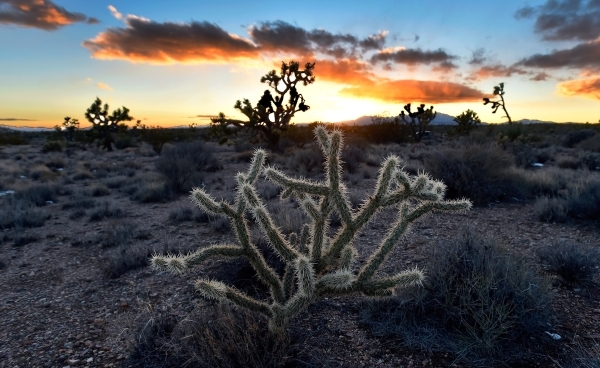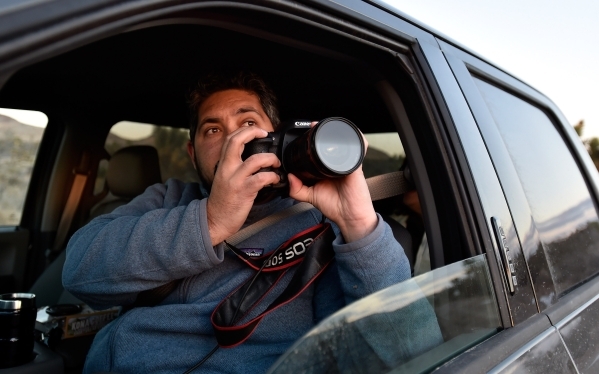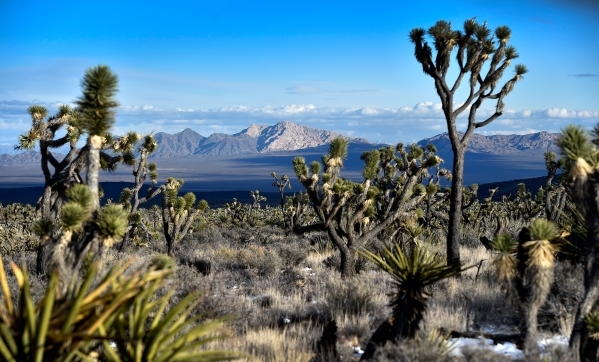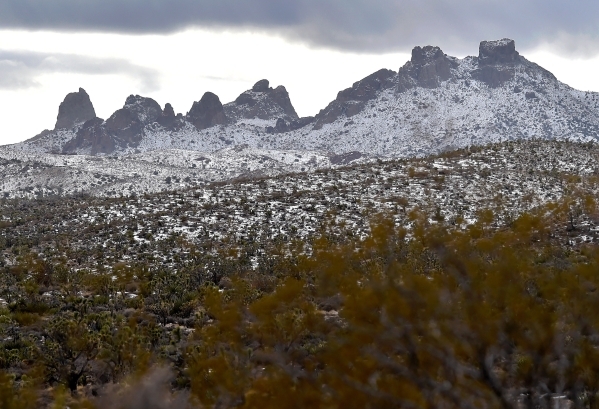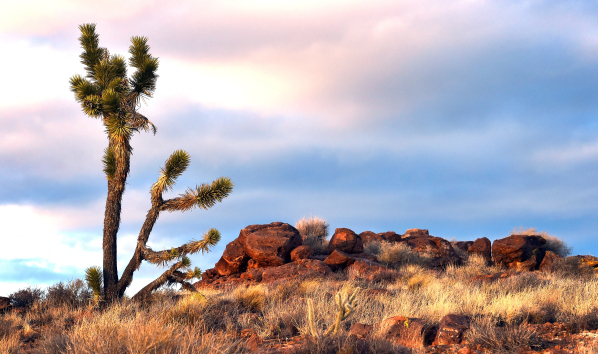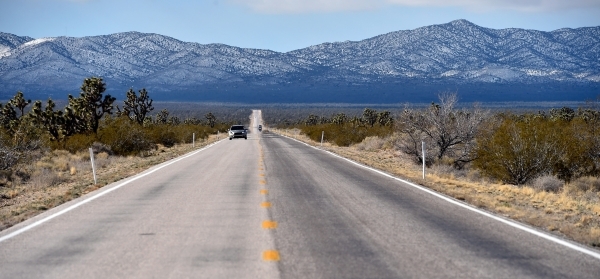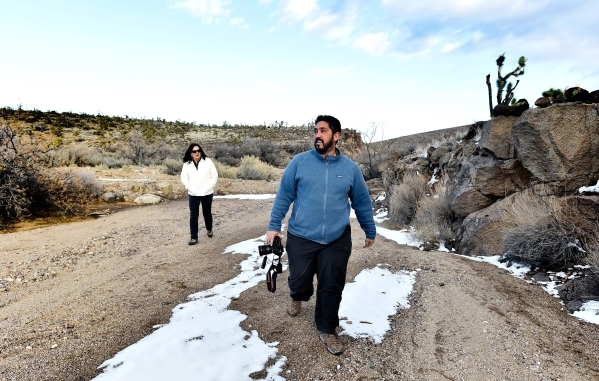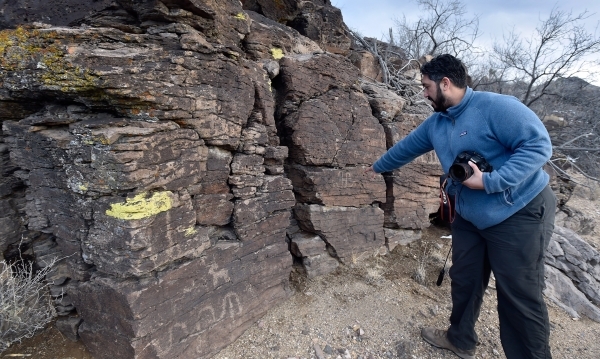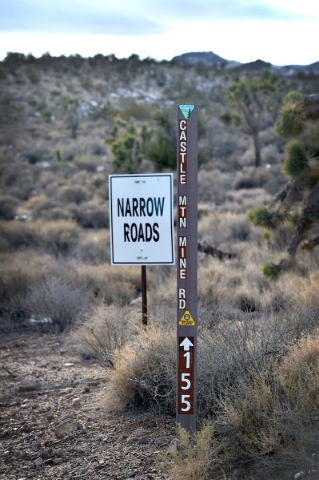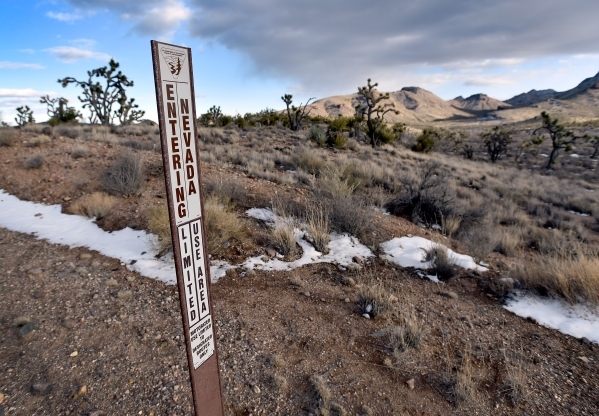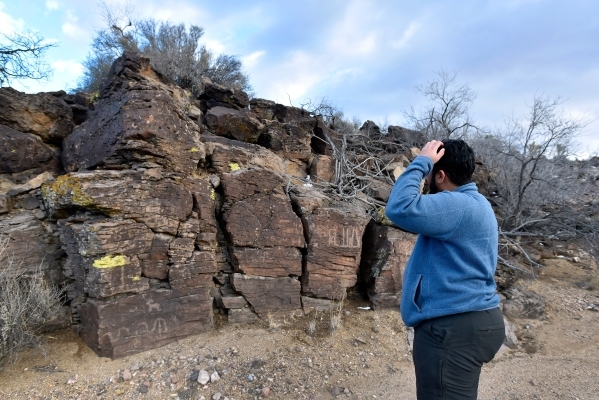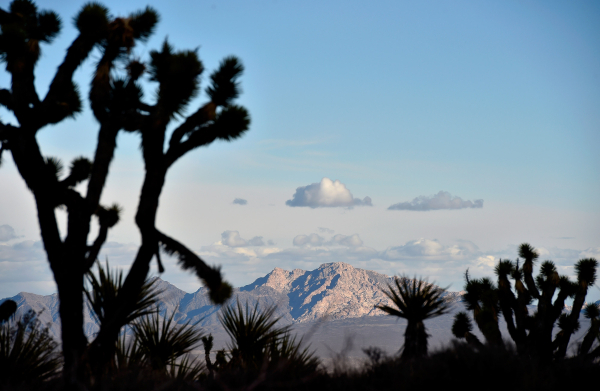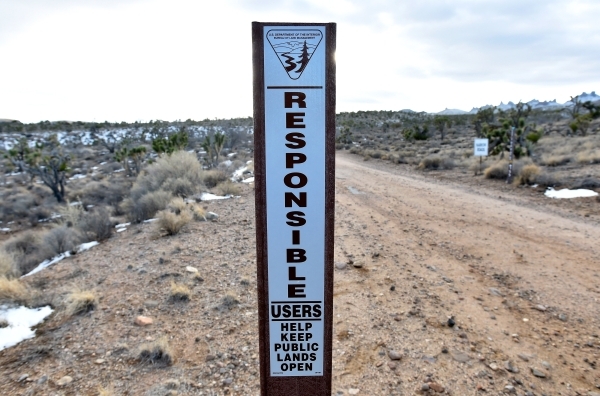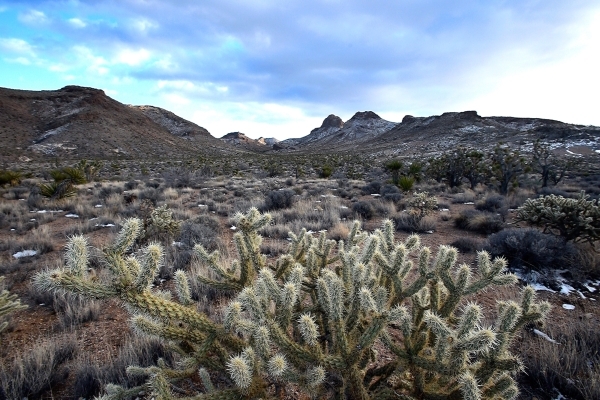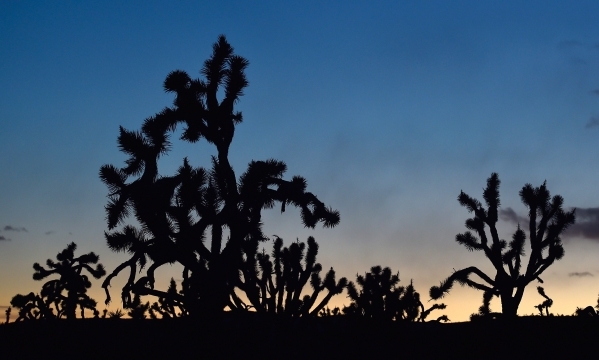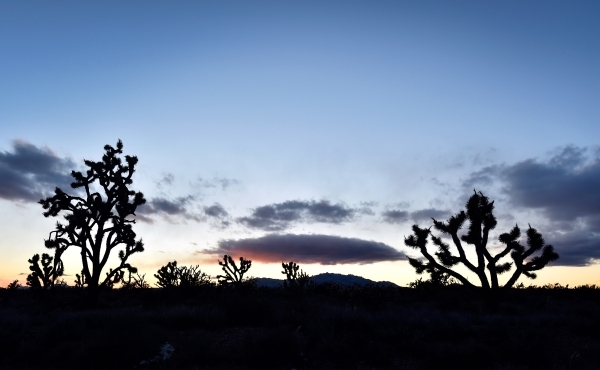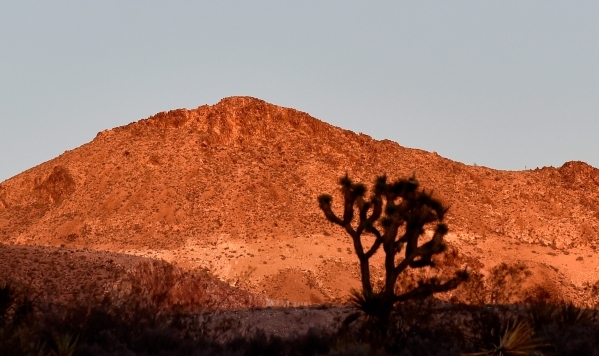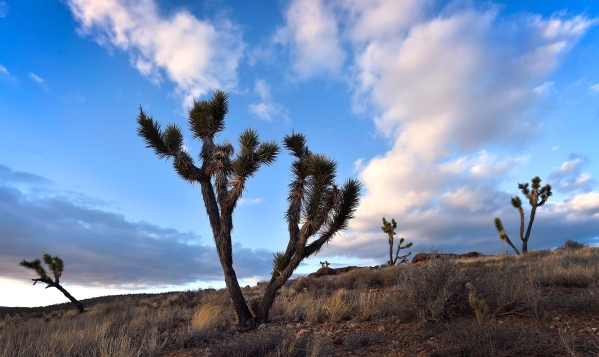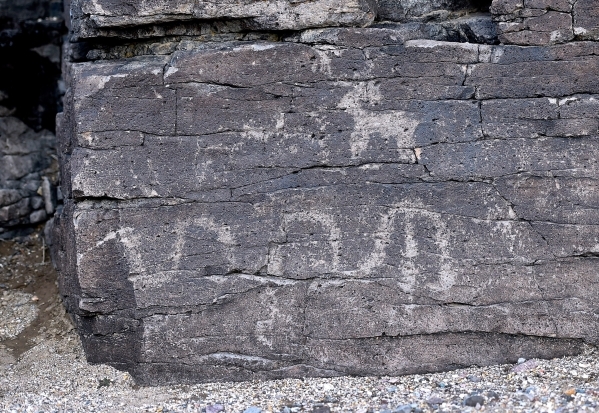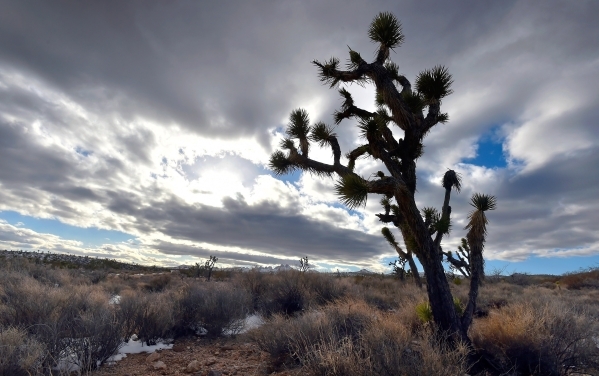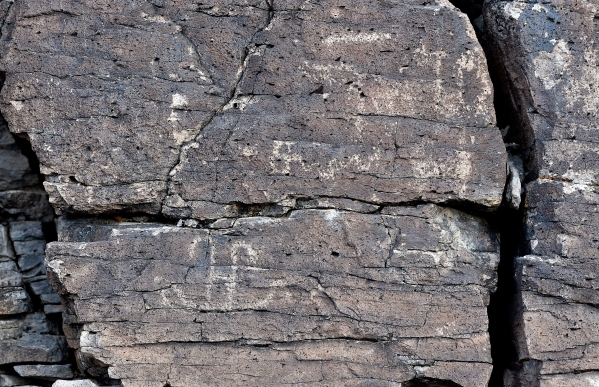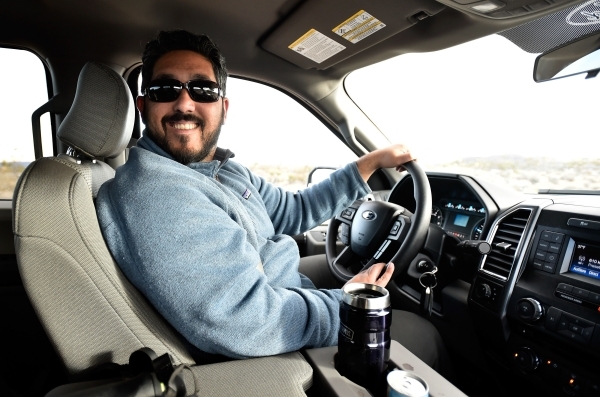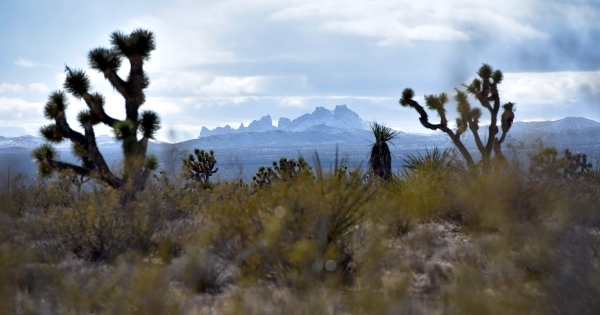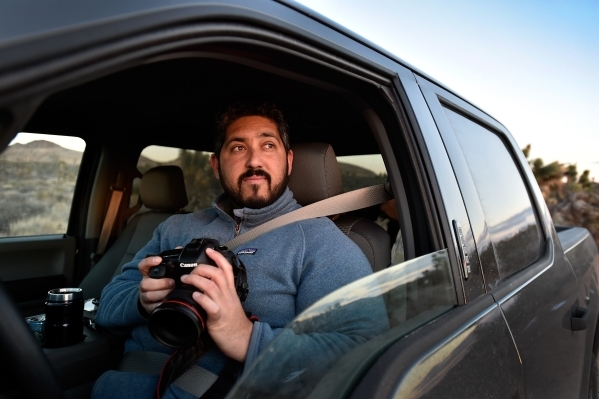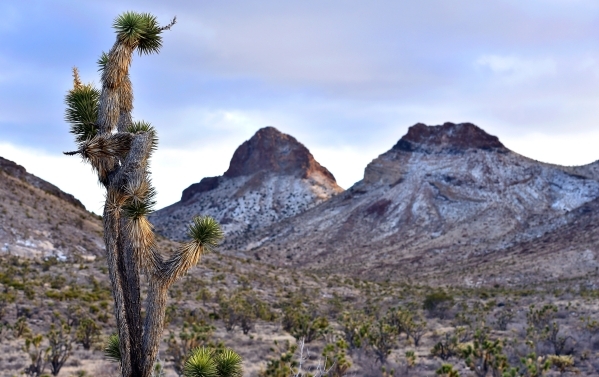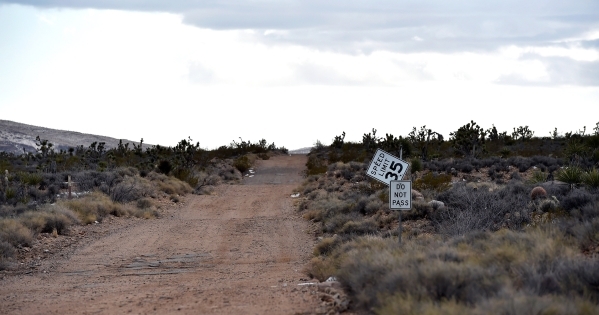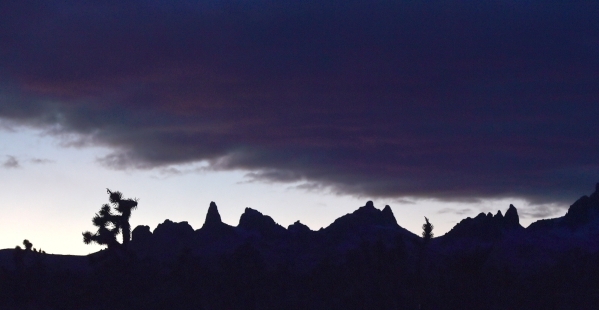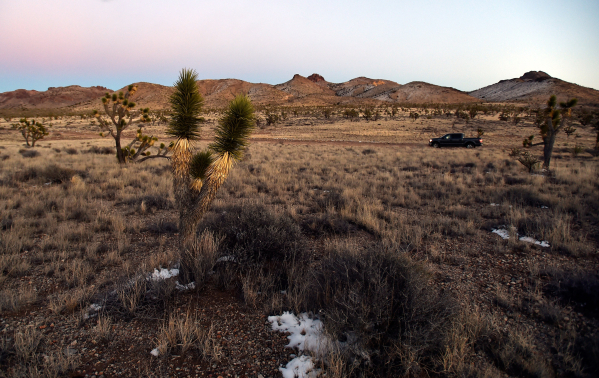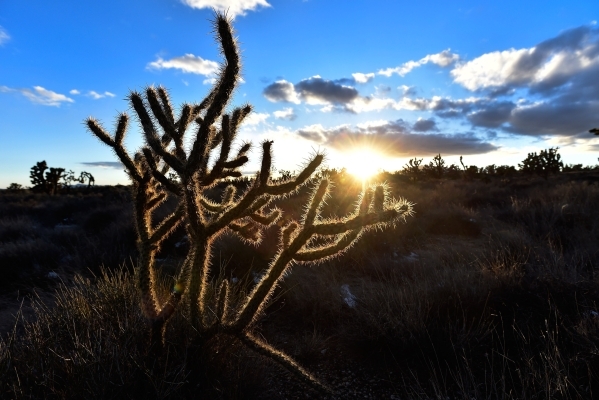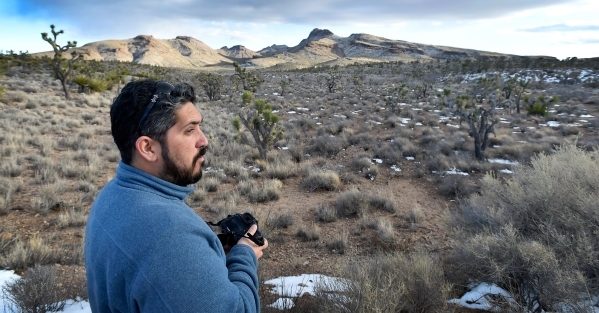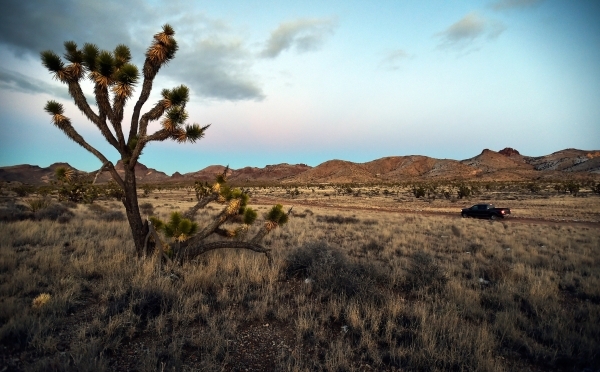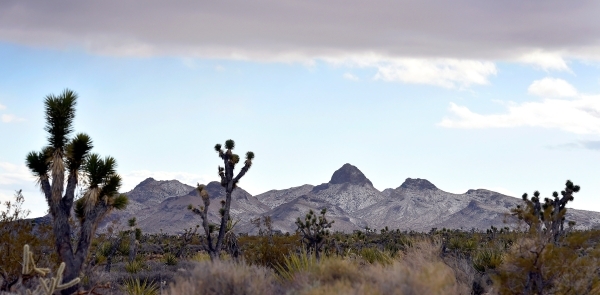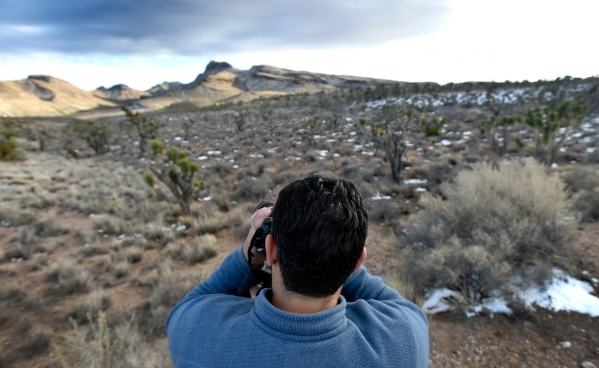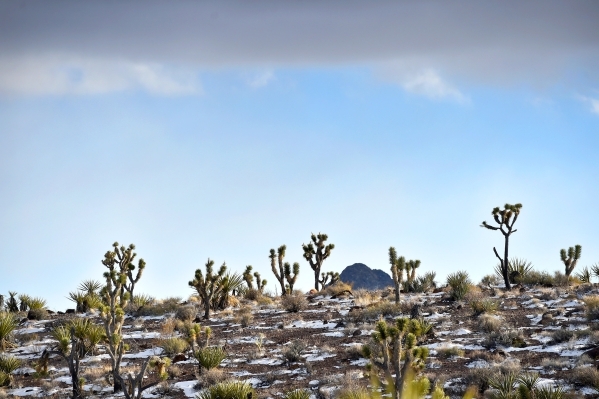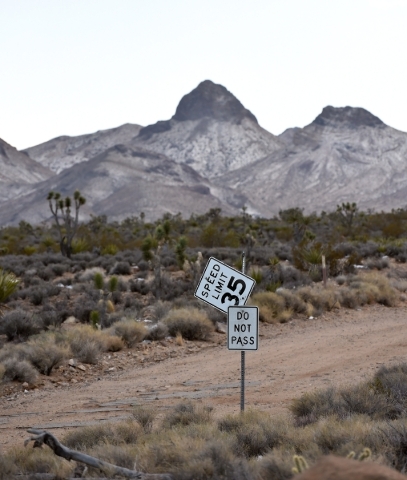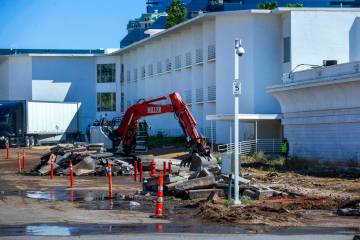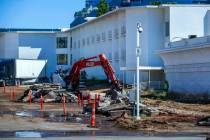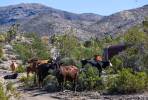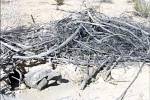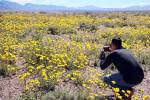Conservationists pursue Castle Mountains monument on Nevada’s doorstep — PHOTOS
Conservationists in California have floated a plan to introduce pronghorn antelope to a high-desert grassland along the Nevada border southwest of Searchlight.
First, though, they need a little help from the White House.
The National Parks Conservation Association and others are calling on President Barack Obama to permanently protect a 29,000-acre wedge of federal land that was left out of California's Mojave National Preserve when it was created in 1994.
David Lamfrom, director of the association's California desert wildlife program, said the proposed Castle Mountains National Monument would preserve a diverse landscape of plants and animals, stunning unspoiled vistas, ancient rock art, the remnants of an early 20th century mining camp, and "the most beautiful unprotected Joshua tree forest in California."
Obama also is being asked to create two other monuments in the California desert: Sand to Snow National Monument on 135,000 acres in the Coachella Valley and surrounding mountains, and Mojave Trails National Monument on about 1 million acres along the southern edge of Mojave National Preserve, including a stretch of old Route 66 and property donated to the U.S. government with the intention of preservation.
Sen. Dianne Feinstein, D-Calif., sought protection for those areas and more in Congress last year with a sweeping sequel to her signature California Desert Protection Act of 1994, which designated Death Valley and Joshua Tree National Parks, Mojave National Preserve and 7.6 million acres of new wilderness.
After failing to win congressional support for her latest desert conservation bill, Feinstein asked Obama to designate what he could using his authority under the Antiquities Act.
Now it looks like he might be ready to get out his pen.
Late last month, the San Francisco Chronicle reported that executive action on the monuments could come "within days."
During a pickup truck tour of the Castle Mountains Monday, Lamfrom couldn't say when — or even if — the president might act, but he seemed optimistic.
"This beautiful place is finally going to get its day in the sun," he said.
A heart of gold
Others are more anxious about what monument status might mean for the land 80 miles south of Las Vegas.
Marty Tunney is vice president of business development for NewCastle Gold, a Toronto-based company with plans to restart an open-pit mine in the Castle Mountains.
He said his company worked closely with Feinstein's office to make sure her proposed bill would be a "win-win" for everyone with a stake in the area. To have that lengthy piece of legislation reduced to a presidential proclamation a few pages long makes him uneasy, but "if our input is taken seriously ... we really don't have an issue," he said.
But Feinstein has made public assurances that the mine "would not be adversely affected."
In an Oct. 10 letter to the editor in the Daily Press newspaper in Victorville, Calif., she noted that her bill excluded the original mine site and some surrounding land, allowing for expansion of the gold operation.
"I have gone out of my way over the years to avoid conflicts with mining operations," Feinstein wrote. "And as the Obama administration considers monument designations, I have asked them to do the same."
Mining in the Castle Mountains began in the early 1900s. The open-pit operation began in 1991 and was the reason the Castle Mountains were left out of Mojave National Preserve in 1994.
Over a decade, Canadian-based Viceroy Resource Group excavated three pits, each several hundred feet deep, and produced 1.2 million ounces of gold before mining ceased in 2001 amid a dip in gold prices.
Tunney said one of the pits had been back-filled and most of the site cleaned up by the time his company acquired the mine in 2012. To restart the operation, NewCastle Gold might have to build a power line from Searchlight to replace the one that was removed as part of the previous owner's reclamation effort.
The latest resource report released by the company estimates the mine could produce at least 4.2 million ounces of gold.
"This is probably one of the best open-pit mines (in the country) that's not owned by a major producer," Tunney said.
Where the antelope play?
Lamfrom would prefer to see the mine stay closed, but he knows its owners have a legal right to explore their claim. "We don't believe their operation inhibits our effort," he said.
Although the proposed monument is accessible from Mojave Nation Preserve, Searchlight is the nearest community and provides the most direct route into the area via an unpaved ranch road.
"There's an arbitrary state line, but this monument belongs very much to the state of Nevada as well," Lamfrom said.
Protecting the land from threats such as large-scale solar development would also preserve sweeping views of Spirit Mountain, an American Indian holy place in Nevada already protected by the National Park Service as part of Lake Mead National Recreation Area.
"This entire landscape builds on a connectivity," said Lamfrom as he steered his truck toward a wash where desert willows shade scattered petroglyphs. "This is not just an ecologically connected landscape, it's a culturally connected landscape."
Once the land is safely in the hands of the Park Service, he said conservationists can turn their attention to the "rewilding of a desert species" that grazed the grassy slopes of the Castle Mountains a century ago.
He insists the area is perfect for pronghorn. "This is the largest intact grassland in the Mojave Desert, and it's in great shape," he said.
Not everyone agrees.
Andrew Hughan, spokesman for the California Fish and Wildlife Department, said there is "no evidence pronghorn ever occupied the Castle Mountains area" and neither his agency nor Mojave National Preserve has any interest in trying to establish the species there.
According to Nevada Wildlife Department spokesman Doug Nielsen, the Silver State is home to a "healthy" population of about 27,000 pronghorn, but the animals generally are not found south of Alamo or Beatty. He said there is no known herd in Clark County — at least not yet.
— Contact Henry Brean at hbrean@reviewjournal.com or 702-383-0350. Follow him: @RefriedBrean



